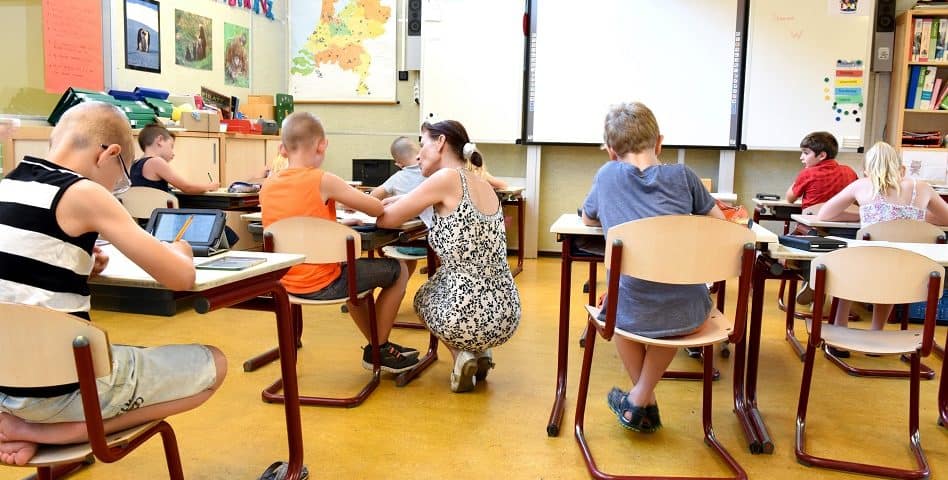
Association of Sitting Time With Mortality and Cardiovascular Events in High-Income, Middle-Income, and Low-Income Countries
June 28, 2022
GPs’ perspectives regarding their sedentary behaviour and physical activity: a qualitative interview study
July 13, 2022A new paper titled “Physical activity, screen time and the incidence of neck and shoulder pain in school-aged children” has recently been published in Scientific Reports. The full article can be found here, open access. Citations details and a summary of the study are re-posted below.
Citation
Pirnes, K.P., Kallio, J., Hakonen, H. et al. Physical activity, screen time and the incidence of neck and shoulder pain in school-aged children. Sci Rep 12, 10635 (2022). https://doi.org/10.1038/s41598-022-14612-0
Abstract
This study investigated the associations of accelerometer-measured physical activity, sedentary time and screen time with the incidence of neck and shoulder pain in school-aged children over a two-year follow-up. Children (aged 10–15) were measured at baseline 2013 (T0) (n = 970) and at follow-ups 2014 (T1) and 2015 (T2). Neck and shoulder pain frequency and screen time were determined with a web-based questionnaire. Daytime moderate to vigorous physical activity and sedentary time were measured with an accelerometer. Logistic regression was applied, and the results were adjusted for age, gender, body mass index and bedtime. Accelerometer-measured physical activity or sedentary time at baseline were not associated with the incidence of neck and shoulder pain at the two-year follow-up. Associations of neck and shoulder pain incidence with overall screen time (p = 0.020), and especially with passive gaming time (p = 0.036) and social media time (p = 0.023) were found at the first but not the second follow-up. The neck and shoulder pain incidence associated with overall screen time, passive gaming time and social media time at the first follow-up. The importance of limiting screen time, should be explored in order to find new approaches in preventing neck and shoulder pain in school-aged children.
Click here to read the article in full.




